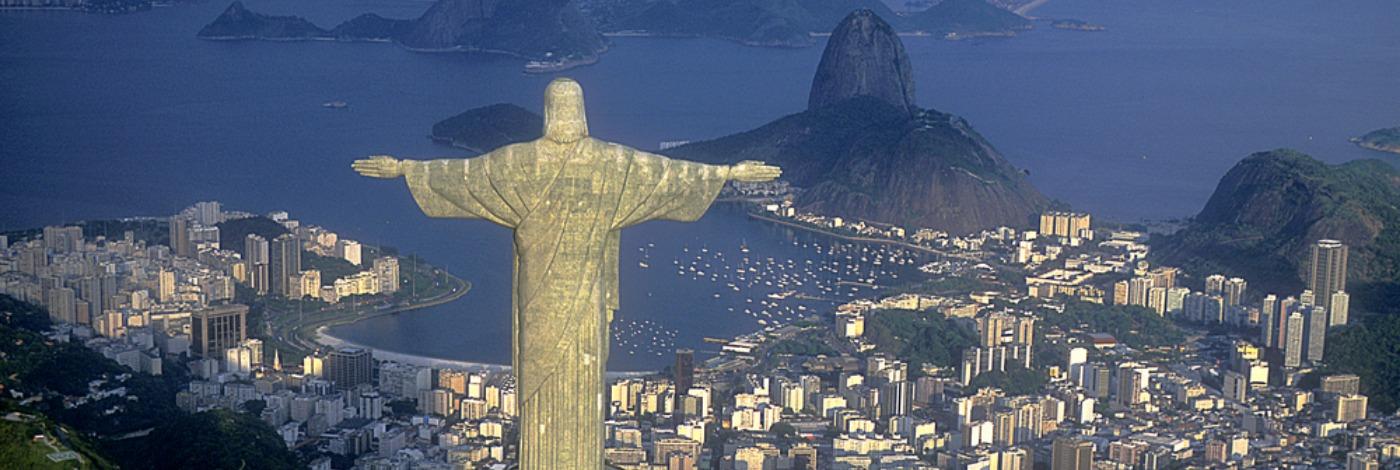
A visit to Rio de Janeiro, Brazil
Rio de Janeiro's location sandwiched between the sea and the mountains are so breathtaking that UNESCO designated Rio as a World Heritage Site. Brazil's second-largest city, Rio de Janeiro, served as the country's capital from 1763 until 1960 when Brasilia was established. The city was established by Portuguese settlers in the middle of the 1500s and developed into a port for the transportation of gold from inland mining regions. Since its founding, Rio has added notable structures from each era of its history as well as a plentiful supply of urban parks and open spaces to its landscape, which is complemented by the soaring mountains that tower behind it, Sugarloaf that towers over its harbor, and its long crescent beaches that are its top tourist attractions. Our selection of the greatest attractions in Rio de Janeiro will let you experience the finest that the city has to offer.
Places to Visit in Rio de Janeiro
Christ Redeemer Statue
Also as well-known a symbol of Rio is the enormous statue of Christ perched atop Corcovado's 709-meter summit and overlooking the city. Between 1922 and 1931, the famous landmark was built with funding provided primarily by Brazilian Catholics.
The Polish-French sculptor Paul Landowski designed the Art Deco statue, while the Brazilian engineer Heitor da Silva Costa and the French engineer Albert Caquot worked together to build it. The statue itself stands 30 meters tall and has arms that extend 28 meters; it is made of reinforced concrete and soapstone and weighs 635 metric tons. Its chapel, which is located within of its eight-meter-high foundation, frequently hosts marriages and baptisms. The 3.5-kilometer Corcovado rack railway climbs through Tijuca National Park from Rua do Cosme Velho to the statue. On a guided Early Access to Christ Redeemer Statue with Optional Sugarloaf Mountain Tour, you may see this landmark before the typical throng arrive and in the early hours of the morning. A cable car journey up Sugarloaf Mountain is included in a tour upgrade for even more breathtaking vistas.
Sugarloaf
The rock summit known as Sugarloaf, which rises 394 meters above the harbor, is Rio de Janeiro's most recognizable feature. It is attached to the city by a narrow strip of land and is situated on a point of land that extends into the port and into the bay. From Praça General Tibrcio, a cable car travels to the top of the Morro da Urca, a lesser mountain from which a second cableway ascends to the Sugarloaf summit. The entire steep coast that encircles the bay and its islands may be seen from this location.
Between the Morro Cara de Co and the Sugarloaf, the 100-meter Praia da Urca beach is located close to Rio's ancient core. There are three forts on Cara de Co, the oldest of which is the star-shaped Fort So Joo from the sixteenth century.
Copacabana
Few cities have a stunning sand beach at their core, much less one that encircles the entire downtown area for four kilometers. Avenida Atlântica, Avenida Nossa Senhora de Copacabana, and the other smaller streets, where you'll find appealing century-old buildings, magnificent hotels, and well-liked restaurants and cafés, are just a few steps from its golden sands.
The legendary Copacabana Palace, erected in the 1920s and now classified as a national monument, is without a doubt the king of the region and of Rio's hotels. The Copacabana Palace, which served as a backdrop for the 1933 motion picture Flying Down to Rio and was formerly home to royalty and glitzy cinema stars, evokes the glory days of strength, money, and elegance when Rio was the capital of Brazil.
Copacabana Fort, located at the further end of the beach, was built in 1914 and was the site of an officer uprising in 1922 that gained control of the fort and directed its cannon against the city. The government sent in warships to assault the fort the following day, putting an end to the brief uprising. The Museu Histórico do Exército (Museum of the History of the Army), which is currently located here, offers information about this and other military history. There are artillery pieces from the late 19th and early 20th centuries outside, on the grounds of the fort.
Ipanema
The Jardim de Alá Canal, which empties into Lagoa Rodrigo de Freitas, divides the beaches of Ipanema and Leblon as one moves westward from the four-kilometer-long Copacabana strand. There are numerous huge hotels, sidewalk cafés, and eateries along the coastal promenade.
Even while these two neighborhoods are most known for their beaches—one of which was made famous by the song The Girl from Ipanema—they also boast a vibrant cultural scene, complete with art galleries, theaters, and movie theaters. Every Sunday, an antiques market is held in Leblon's Praça de Quental, and the Sunday Feira de Artesanato de Ipanema, which features handicrafts, music, art, and regional foods, is held in Praca General Osorio.
Tijuca National Park
The Tijuca National Park surrounds Cristo Redentor, the enormous statue of Christ on Corcovado, as well as the Tijuca Forest and a number of vantage points overlooking the city. You can get off the train halfway up to Corcovado and walk through the forest after getting off to enjoy the park.
In order to protect the springs that provided Rio de Janeiro's water, the 3,300-hectare Tijuca Forest, one of the largest woods within a city in the world, was planted in the late 1850s on ground that had been damaged by coffee plantations. While exploring its trails and roads, you may see Capuchin monkeys, quatis (Brazilian raccoon), beautiful toucans, hawks, brilliant blue butterflies, and many other species of animals because the majority of the trees are native species that provide habitat.
Largo do Boticário, one of Rio's most gorgeous squares, is close to the Corcovado train station and is surrounded by colonial-style homes. Views of the Municipal Park, the Botanic Garden, and a substantial portion of the south coast may be seen from the pagoda-style pavilion at Morro da Vista Chinesa, which is located 380 meters above sea level.
From Mirante Dona Marta, a vantage point perched atop a rocky outcrop above Botafogo Bay, there are further vistas.
Jardim Botânico
Rio's Jardim Botânico, which spans 350 acres at the base of Corcovado, combines an ecological refuge, show gardens, and a scientific laboratory in a lovely park-like environment. The Orchidarium, a glass and iron greenhouse constructed in the 1930s and home to more than 2,000 different types of orchids, and the Japanese Gardens, which feature cherry trees, wooden bridges, koi ponds, and bonsai, are notable attractions.
It is marked in Braille as a Sensory Garden with scented plants and herbs. The garden, a UNESCO reserve, is home to more than 8,000 plant species as well as the birds and other animals that call it home, such Marmoset monkeys and toucans. Under the towering royal palms and pau-brasil trees, you can stroll through the gardens or take an electric cart across them.
Things to Experience in Rio de Janeiro
Festival
Each winter, Rio de Janeiro has one of the most well-known pre-Lenten events in the world, comparable to those in Venice and New Orleans. Although the festivities start soon after the new year, their magnificence and extravagance reach their stunning zenith in the four days leading up to Ash Wednesday, drawing hundreds of thousands of people to their street parades, samba parties, and performances. There are Carnaval celebrations in other Brazilian towns, like Bahia and Recife, but Rio's is the most extravagant.
The samba schools' parades, which are conducted in a one-of-a-kind stadium created by famed Brazilian architect Oscar Niemeyer, are the most magnificent events. Up to 90,000 spectators can see the parades of magnificently costumed dancers as they compete at the Sambódromo, a long parade route flanked with stadium-style boxes. 13 meters wide and 700 meters long make up the parade path.
Santa Tereza and Escadaria Selarón
Santa Tereza is Rio's most atmospheric neighborhood, with its narrow, winding lanes and century-old homes. Artists and intellectuals frequent its cafés and eateries, which contributes to the city's bohemian vibe. There are many sights and things to do in this city, including the church and convent of Santa Tereza, which date from 1720, even if its greatest charms can be found simply by strolling through its streets, which frequently open out into stunning views.
Best Time to Visit
Brazil is best visited between September and October. By doing so, you can escape the busy holiday seasons, the cold southern winters, and the height of the rainy season. The wettest and warmest months in Brazil are December and March, so it's generally better to avoid these months if you want to see wildlife in the Amazon or Pantanal, which are best visited between July and September. Rio's renowned Carnaval, which is held in February or the first half of March, is unquestionably one of the most memorable events you can visit. Travelers interested in windsurfing or kiteboarding will find excellent conditions between May and February in So Miguel do Gostoso, Taiba, or Cumbuco.
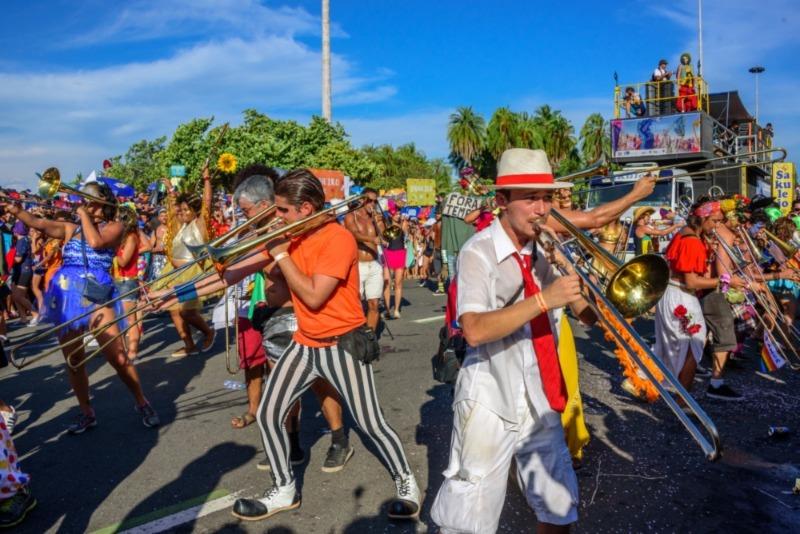
related tours

Salvador and Chapada Diamantina National Park
8 Days | 7 Nights
From
$ 835
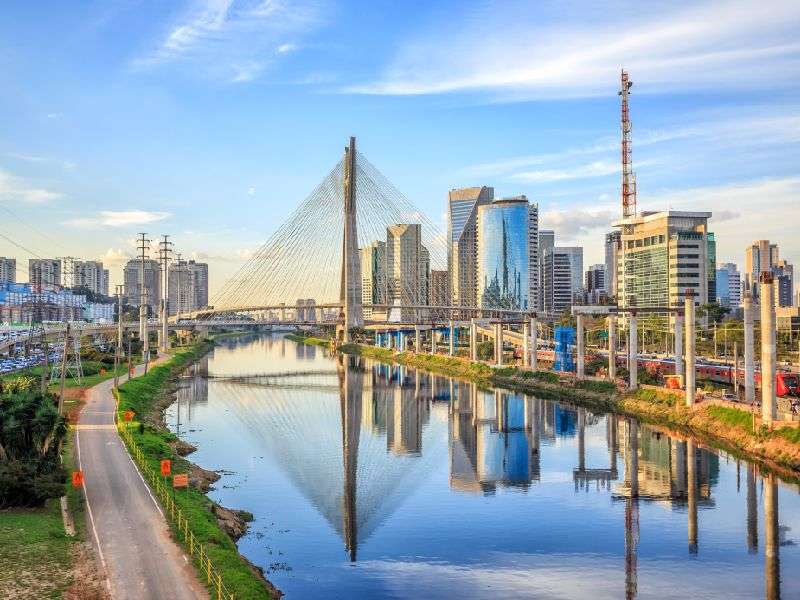
São Paulo in three days
3 Days / 2 Nights
From
$ 215
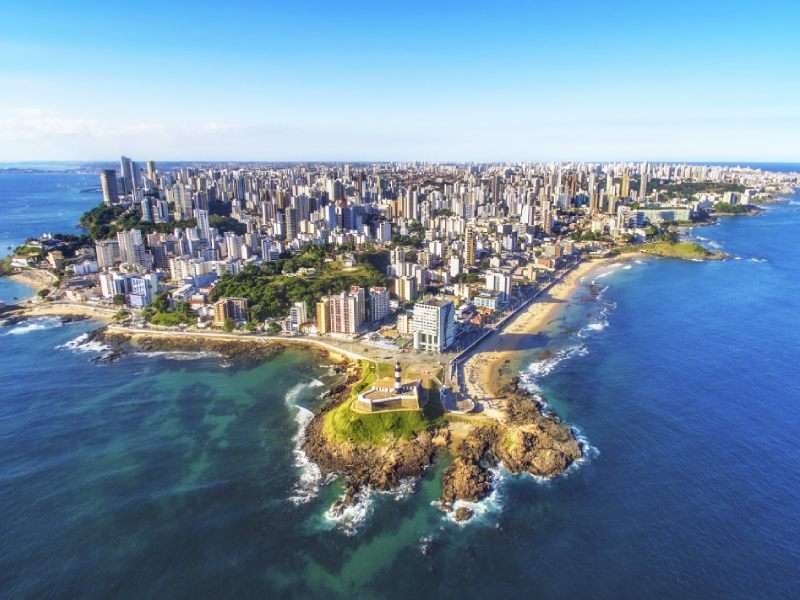
4 Sides of Paradise in Brazil
12 Days / 11 Nights
From
$ 980
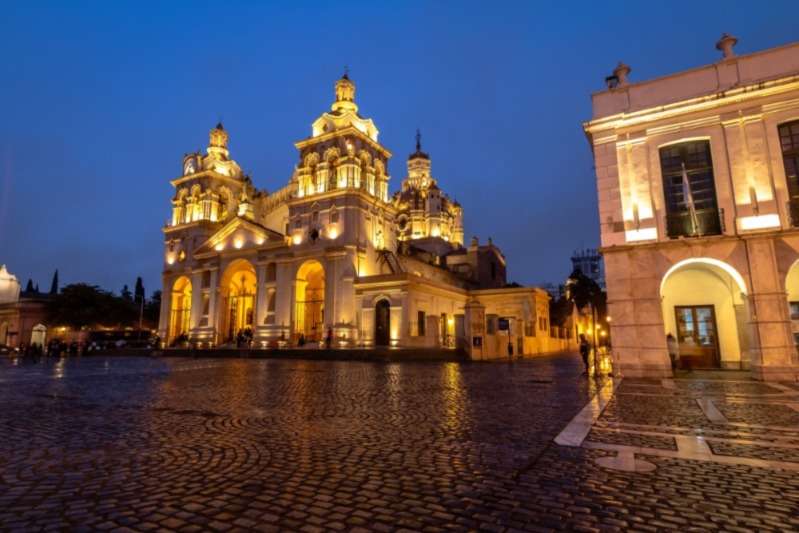
Best of South American Tour
12 Days/11 nights
From
$ 3473
